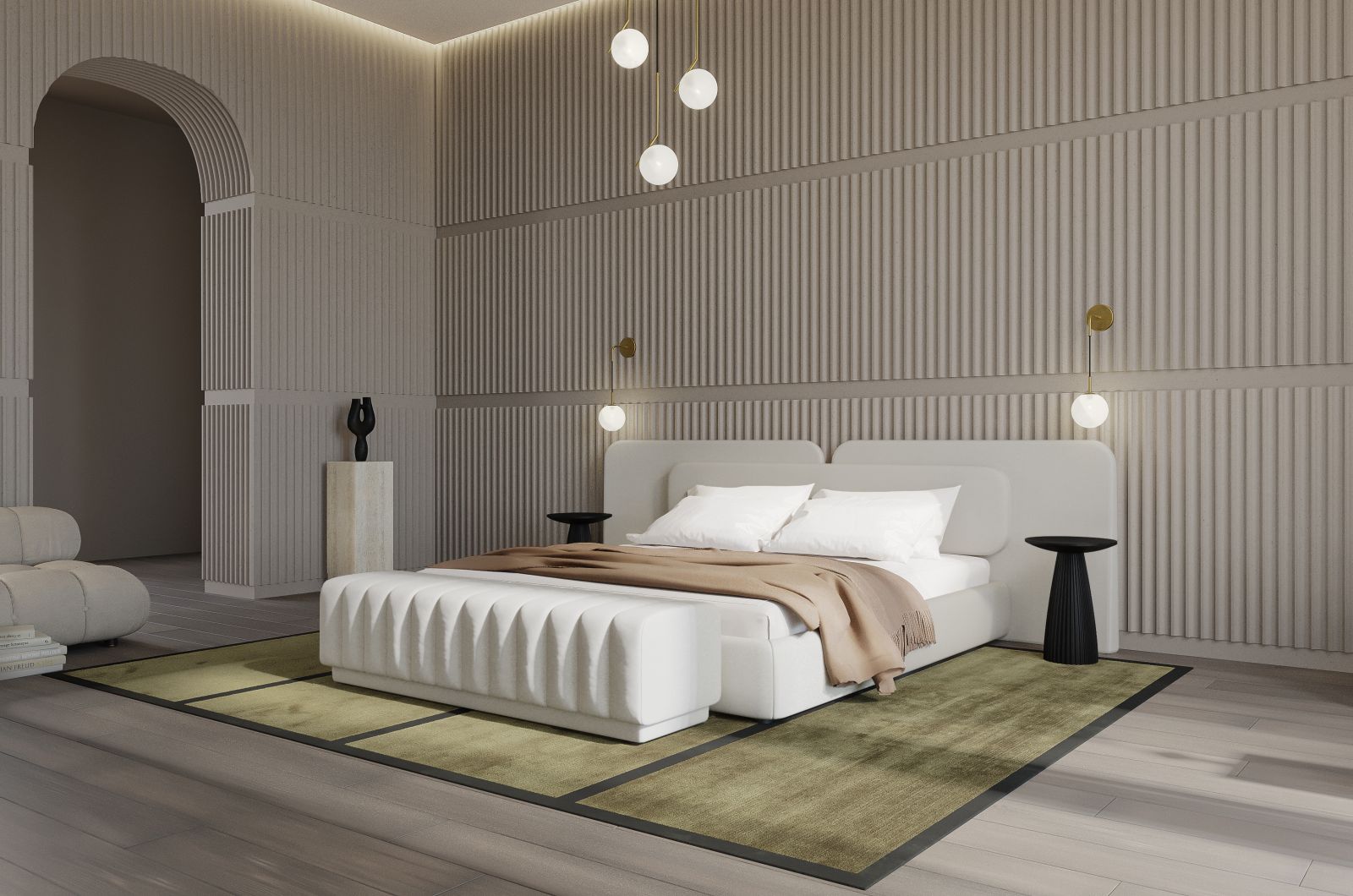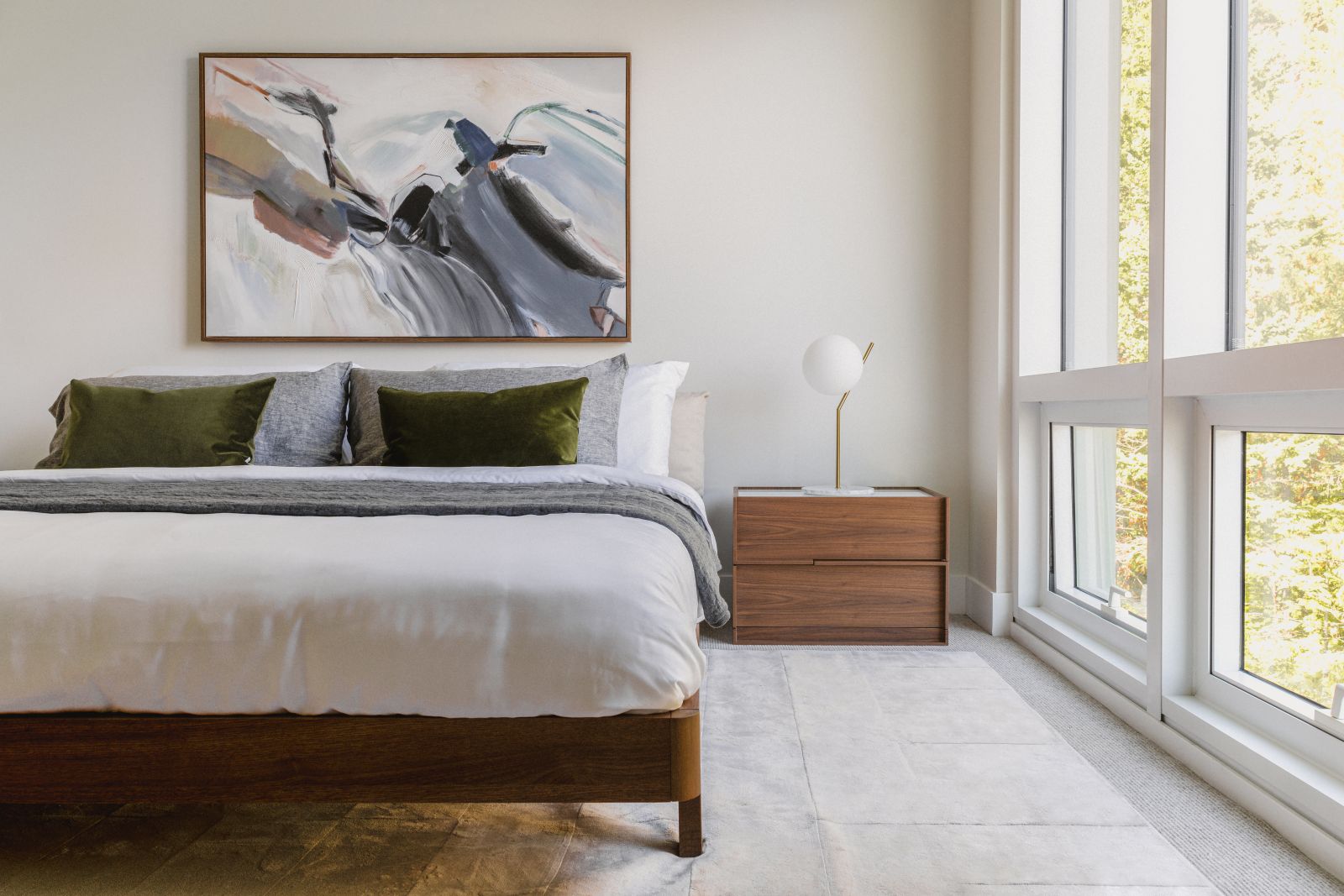Bedroom decor is more than just about aesthetics; it's about creating a personal sanctuary, a refuge from the world where one can relax, rejuvenate, and be one's authentic self. It's a unique blend of comfort, functionality, personality, and style. The bedroom is the most personal space in a house, and thus, decorating it is an intimate process.
However, the journey to creating the perfect bedroom decor can be a complex one. There are many elements to consider – the color scheme, the bed, the curtains, the lighting, the rugs, and so on. One such essential yet often overlooked element is the nightstand.

Understanding the Importance of Nightstands in Bedroom Decor
The nightstand, that humble piece of furniture next to your bed, plays a crucial role in bedroom decor. More than just a practical surface to place your book, glasses, or a cup of tea, it is a significant component of the room's overall aesthetic. Nightstands provide an opportunity to add a touch of style, make a statement, or balance out the decor.
Traditionally, two matching nightstands flanking the bed have been the default choice. This symmetrical arrangement brings a sense of balance and order, making the room appear more harmonious and visually pleasing. But in recent years, the trend of non-matching nightstands has been gaining popularity. So, the question arises - do nightstands have to match for a cohesive bedroom decor?
The Traditional Approach: Matching Nightstands
The matching nightstands approach is a classic decor strategy. It offers an immediate sense of balance and symmetry, creating a serene and organized atmosphere. Matching nightstands can be particularly effective in a traditional or formal bedroom setting, where consistency and harmony are fundamental.
Still, matching nightstands are not just for traditional decor styles. They can also work beautifully in modern or minimalist bedrooms, providing a clean, streamlined look. The key is to choose nightstands that complement the overall decor style, color scheme, and other furniture pieces.
The Modern Take: Non-matching Nightstands
On the other end of the spectrum, we have the modern approach of non-matching nightstands. This trend embraces individuality, creativity, and an element of surprise. Non-matching nightstands allow you to experiment with different styles, shapes, colors, and materials, adding visual interest and personality to the room.
Non-matching nightstands can also be a practical solution, especially in small spaces or irregularly shaped rooms. They provide flexibility in terms of size, height, and storage space, catering to your specific needs and preferences.

Pros and Cons of Matching Nightstands
Matching nightstands, while traditionally appealing, come with their own set of pros and cons. On the positive side, they create a balanced, harmonious look, which can have a calming effect. They can also simplify the decor process, as you don't have to worry about finding two different pieces that work together.
However, matching nightstands can sometimes feel too uniform or predictable. They may not be the best choice if you're looking to create a unique, eclectic, or creative decor style. They can also be limiting in terms of functionality, as they offer the same amount of storage and surface space.
Pros and Cons of Non-matching Nightstands
Non-matching nightstands also have their advantages and disadvantages. The biggest advantage is the freedom and flexibility they offer. You can play around with different styles, sizes, and materials, creating a unique, personalized look. They also allow for more functionality, as you can choose two different nightstands that cater to your specific needs.
On the downside, non-matching nightstands can make the room feel disjointed or chaotic if not done right. Achieving a cohesive look with non-matching nightstands requires a keen eye for design and a good understanding of balance and proportion.
The Role of Cohesion in Bedroom Decor
Cohesion is a crucial element in any decor scheme, and the bedroom is no exception. A cohesive decor creates a sense of harmony and unity, making the room feel well thought out and inviting. Whether you choose matching or non-matching nightstands, it's essential to ensure they contribute to the room's overall cohesion.
Cohesion doesn't necessarily mean everything has to match perfectly. It's about creating a balanced, harmonious look where all elements complement each other and work together to create a unified whole.

Factors to Consider When Choosing Nightstands
When choosing nightstands, several factors need to be considered. First and foremost, think about your needs and preferences. Do you need a lot of storage space? Do you prefer a minimalist design or something more ornate? What's the size of your bed and how much space do you have on either side?
Next, consider the overall decor style and color scheme of the room. The nightstands should complement these elements, whether they match each other or not. Also, consider the proportions - the nightstands should be in scale with the bed and other furniture pieces.
Conclusion: What's Best for Your Bedroom?
So, do nightstands have to match for a cohesive bedroom decor? The answer is - it depends. It depends on your personal style, the overall decor scheme, your functional needs, and the specific characteristics of your bedroom.
If you prefer a traditional, balanced look and value simplicity, matching nightstands could be a great choice. If you love to experiment with styles, or have specific needs in terms of size and storage, non-matching nightstands could be the way to go.
In the end, the most important thing is that your bedroom decor reflects your personality and makes you feel comfortable and at peace. After all, your bedroom is your personal sanctuary, and it should make you happy. So, go ahead and decorate it in a way that brings you joy, with or without matching nightstands.
Written by individual contributors and
curated by Rove Concepts Team





















































































